Valley of the Wolves (Kurtlar Vadisi) is one of the most influential and controversial Turkish television series of the 2000s. Created by Osman Sınav and Raci Şaşmaz, it first aired in 2003 and ran (in its original format) until 2005. But its impact was far broader—spawning spin-offs, films, and a lasting presence in popular culture in Turkey and across many countries, especially in the Middle East.
At the height of its popularity, the show reached such dominance that streets in Turkey would be empty on Thursday nights when new episodes aired, as families gathered around their televisions. The following day, Friday conversations in workplaces, schools, and cafés were almost always about the latest plot twists and characters, making the series a true national obsession.
The Origins – From “Wiseguy” to Turkish Drama
The roots of Valley of the Wolves can be traced back to the American TV series Wiseguy (1987–1990). That series followed an undercover agent, Vincent Terranova, who infiltrated organized crime families while struggling with his secret identity.
Turkish creators Osman Sınav and Raci Şaşmaz adapted this undercover-agent concept into a uniquely Turkish story. In Valley of the Wolves, the lead character Ali Candan undergoes surgery to become Polat Alemdar (or Murat Alemdar, as known in Arab world), a deep-cover intelligence operative. His mission is to infiltrate the mafia “Wolves’ Council” and dismantle it from within — a Turkish reimagining of Wiseguy tailored to local audiences, history, and political realities.
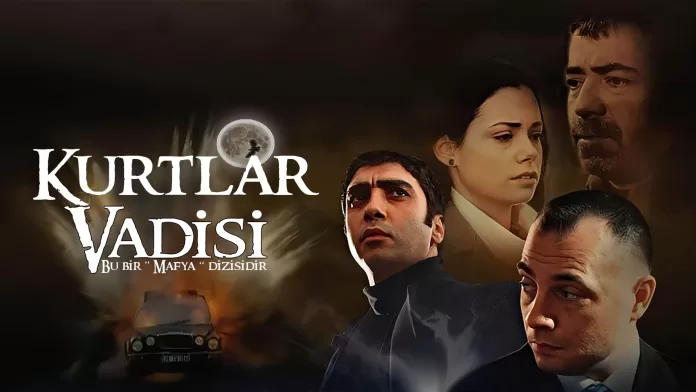
Story and Themes
The main storyline follows Polat Alemdar as he navigates between mafia bosses, corrupt politicians, intelligence agencies, and his own sense of morality. Major themes include:
- The Deep State: The shadowy networks of power beyond official government.
- Mafia and Corruption: Criminal organizations influencing business and politics.
- Patriotism and Loyalty: Polat as a patriotic figure who sacrifices personal life for the nation.
- Moral Ambiguity: Characters are rarely purely good or evil — alliances shift constantly.
The mix of real political events with fictionalized mafia plots made the series stand out from standard Turkish melodramas.
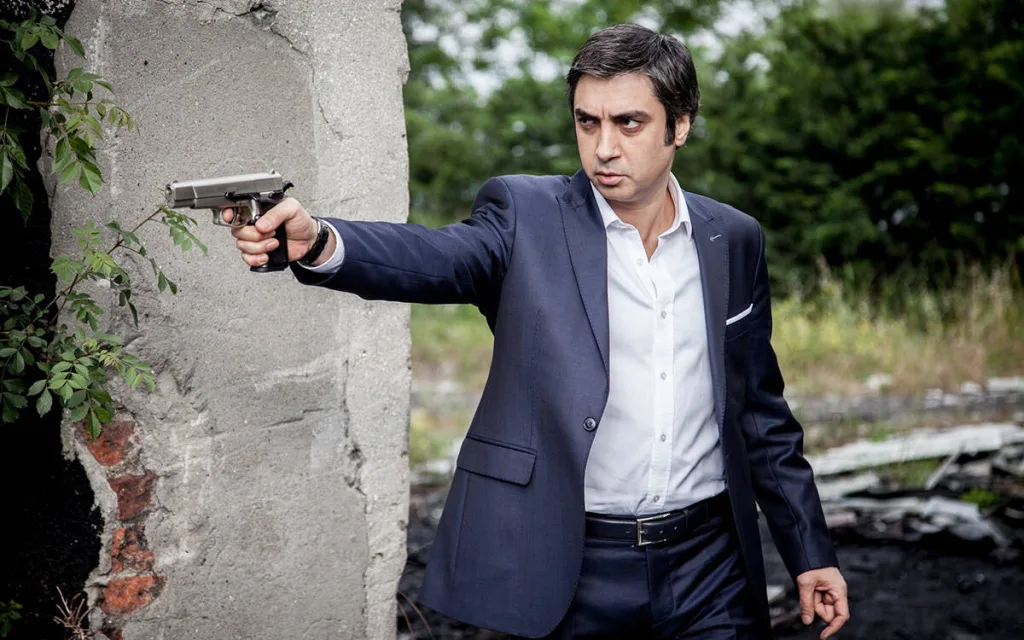
Filming and Production Style
- Produced by Pana Film and Sinegraf, shot mostly in Istanbul, with later scenes filmed in Cyprus, Syria, and even Los Angeles.
- Each episode ran for around 80–90 minutes, resembling feature-length films rather than short TV episodes.
- The show emphasized realism in action scenes — car chases, shootouts, and tactical operations.
- Its gritty cinematography, darker tone, and graphic violence were unprecedented in Turkish television at the time.
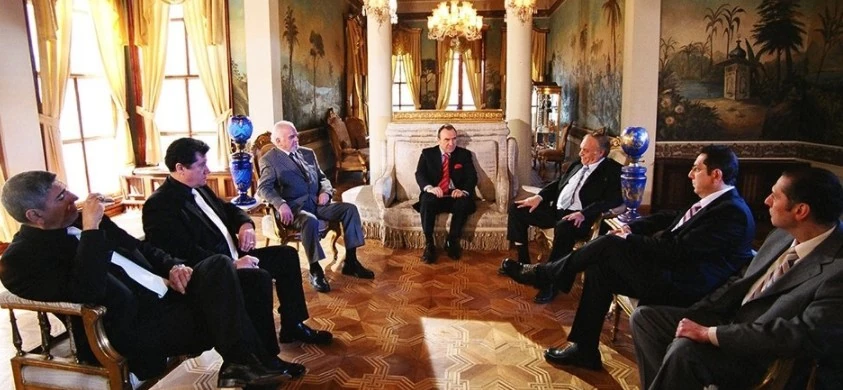
Cast and Characters
- Necati Şaşmaz as Polat Alemdar – The central figure, originally Ali Candan, who assumes a new identity after plastic surgery to infiltrate the mafia. Şaşmaz was a newcomer to acting, but this role made him a household name and a national icon.
- Özgü Namal as Elif Eylül – A principled lawyer and Polat’s love interest, representing morality and law in contrast to the underworld. Namal was already respected in Turkish theatre and television before joining the series.
- Selçuk Yöntem as Aslan Akbey – A senior intelligence officer and Polat’s mentor. Yöntem, a veteran of Turkish theatre and film, brought gravitas and credibility to the “deep state” dimension of the show.
- Oktay Kaynarca as Süleyman Çakır – One of the most beloved characters, a mafia leader whose charisma and eventual alliance with Polat made him legendary. Kaynarca’s theatre background helped create an unforgettable performance; his on-screen death shocked the nation.
- Gürkan Uygun as Memati Baş – Initially a brutal enforcer, later a loyal ally to Polat. Uygun was already known for his stage work, and his unique style turned Memati into a fan favorite.
- Haldun Boysan as Tombalacı Mehmet – A ruthless mafia boss. Boysan, a veteran actor with decades in theatre, gave the role chilling realism.
- Zafer Ergin as Mehmet Karahanlı – The shadowy leader of the Wolves’ Council. Ergin’s commanding presence, honed through long years in cinema and theatre, made him the perfect embodiment of the “deep state.”
- Emin Yılmaz as Ömer Baba – Polat’s adoptive father, a wise and moral figure. Yılmaz, a veteran actor and theatre performer, tragically died in a terrorist attack in 2003; his presence in the early episodes is remembered with great respect.
- Tarık Ünlüoğlu as Testere Necmi (Sawtooth Necmi) – Another iconic villain of the series. Ünlüoğlu, one of Turkey’s most respected theatre actors, gave depth to his role as a cunning and ruthless council member.
- Engin Benli as Erhan Ufuk – A close ally of Polat, adding loyalty and humor to the story.
Many of these actors became household names in Turkey, and Polat Alemdar in particular became a legendary figure. In a shocking twist during the first season finale, Hollywood stars Sharon Stone and Andy Garcia also appeared, giving the show unprecedented global attention and demonstrating the producers’ ambition to merge Turkish drama with international cinematic appeal.
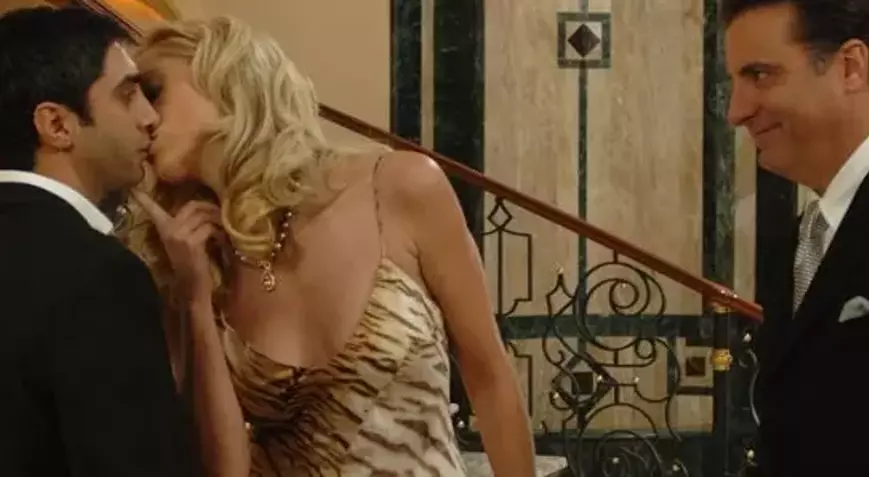
Music and Soundtrack
The soundtrack of Valley of the Wolves played a crucial role in its success. The music was composed by Gökhan Kırdar, a pioneer of innovation and quality in modern Turkish music. His work gave the series a unique identity, blending traditional and contemporary sounds. The iconic intro theme, for instance, was adapted from a Sufi dhikr (zikr) ritual, creating a hypnotic, spiritual rhythm that immediately set the tone for each episode. The soundtrack not only heightened the drama but also became a cultural marker on its own — instantly recognizable across Turkey and the Middle East.
Why It Was Liked / Audience Appeal
There are multiple factors that explain its massive popularity:
- Topical & Political Relevance
The series tapped into real fears, tensions, and conjectures in Turkish society: corruption, deep state, secret alliances, foreign policy, national prestige. It gave viewers characters who fight back, which was compelling. - Strong Hero and Moral Complexity
Polat Alemdar is not just a macho action hero; he is embedded in moral dilemmas, undercover identity, betrayal, personal loss. The conflict between justice, patriotism, family, and personal loyalty resonates. - Violence, Action, Suspense
The show pushed boundaries for Turkish TV in terms of action, stunts, violent content. For many viewers it was more exciting, more visceral than standard dramas. This made it stand out. - Production Scale and Casting
With many episodes, big ensemble cast, exotic filming locations, big-themes, the show felt cinematic. The actors like Necati Şaşmaz became household names. Guest stars (in some seasons / spin-offs) even included international figures. - Cultural & Regional Resonance
Beyond Turkey, the series found big audiences in the Arab world, Afghanistan, and among Turkish diaspora. Viewers saw parts of their own concerns—political instability, foreign influence, identity—in the story. Polat—that hero figure—felt like one of their own. Merchandise, dubbed versions, etc. helped spread it. - Controversy and Public Discussion
Because it often touched on taboo or sensitive topics, it was controversial. Banning episodes for violence, criticism from Egypt/Israel, etc. All this added interest: people watched because it was “edgy,” and discussed it. That kind of buzz helps popularity.
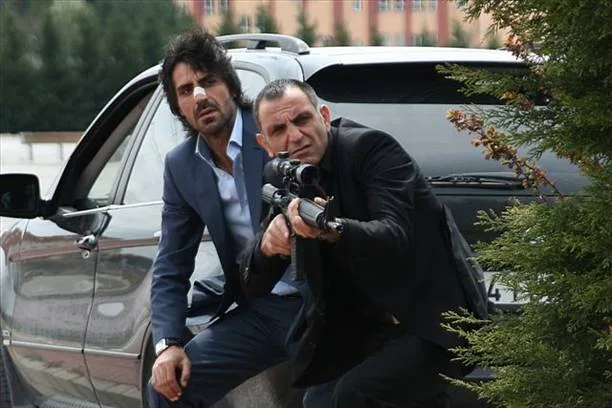
Evolution & Spin-Offs / Films
- Original series (2003-2005) ran for 97 episodes.
- After the original, there were spin-offs and sequels. For example Valley of the Wolves: Terror, Valley of the Wolves: Ambush (Kurtlar Vadisi Pusu).
- There are several films tied to the franchise: Valley of the Wolves: Iraq (2006), Gladio (2009), Palestine (2011), etc. These often dramatize or fictionalize real or semi-real political or military events.
- For example, Valley of the Wolves: Iraq deals with the controversial “Hood event” (in which Turkish soldiers were detained and hooded by U.S. forces in Iraq) and other real events.
- Valley of the Wolves: Palestine was influenced by the Gaza flotilla (Mavi Marmara) incident; it was shot in various locations to reflect the Middle Eastern setting.
- The more recent film Valley of the Wolves: Homeland (Kurtlar Vadisi Vatan) (2017) touches on the failed coup attempt of 2016 in Turkey and the national trauma associated.
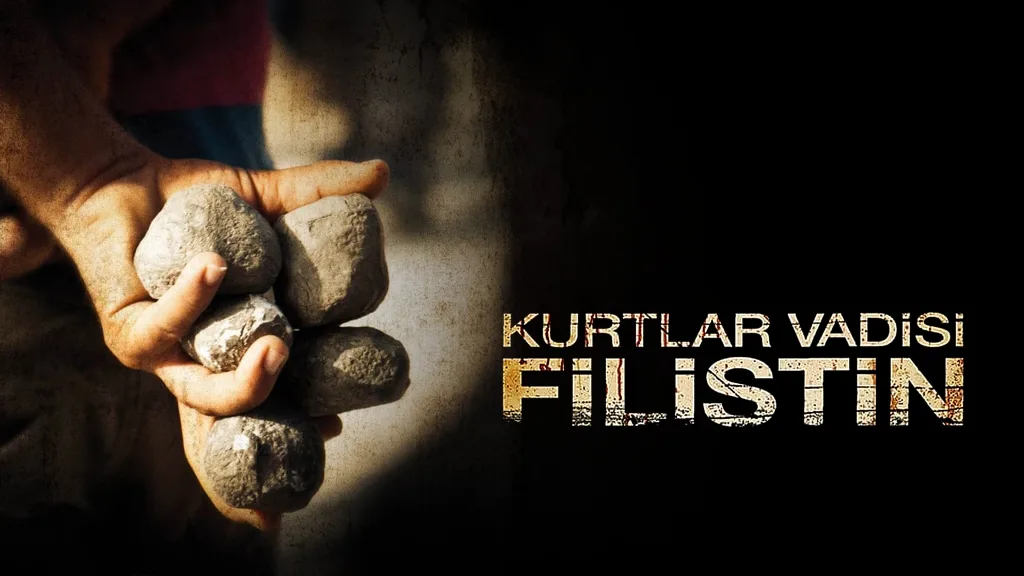
Controversies, Criticism & Social Impact
- Violence and Age-Suitability: Because of the graphic content, there have been debates and regulatory interventions about whether some episodes are suitable for young viewers.
- Political Bias & Representation: Some critics say that the show leans heavily on nationalist themes, anti-foreign conspiracies, and sometimes stereotyping. This has led to accusations of xenophobia, anti-Semitism, etc.
- International Reactions: Some episodes or films provoked diplomatic protest (e.g. from Israel) when the fictional depiction of foreign agents or events was seen as offensive or misleading.
Why It Remains Relevant
- The franchise became part of Turkey’s soft power: it is exported, dubbed, merchandised. It influences how Turkish media is seen abroad.
- The hero figure Polat Alemdar remains iconic. People identify with him as a patriotic, tough, justice-seeking agent.
- Because the series keeps evolving—new films, new plots, incorporating recent political/historical events (e.g. the 2016 coup attempt)—it stays in public discourse.
Valley of the Wolves is far more than a TV show. It is a phenomenon that blends action, politics, drama and myth. Its success lies in tapping into deep societal anxieties and hopes, offering a strong hero in Polat Alemdar, and pushing boundaries of what television dramas in Turkey could address. While it has its critics, its influence on Turkish media, audience expectations, and its regional popularity are undeniable. For many people, it became a way to see reflections of real struggles, national identity, and the fight between order and chaos.

Fun Facts About Valley of the Wolves
- The Death of Süleyman Çakır: When the character Süleyman Çakır (played by Oktay Kaynarca) was killed in the series, many viewers reacted as if it had happened in real life. In several Turkish cities, people organized memorials, read the Qur’an, distributed helva, and held gatherings for his “soul.”
- Backlash Against the Villain: The actor who played Çakır’s killer was reportedly assaulted in public, as some fans could not separate fiction from reality. Similarly, the character Erdal (played by another theatre actor) was once chased by fans in the streets, showing how intensely the audience identified with the story.
- Theatre Roots of the Cast: Many of these actors were already respected figures from Turkish theatre, which gave the series an unusual weight and credibility. Their stage presence and dramatic delivery made the villains more hated and the heroes more beloved — blurring the lines between character and actor for the audience.
- Empty Streets on Broadcast Nights: On Thursday evenings, Turkish streets would empty out as families gathered to watch the newest episode. Cafés and teahouses often organized collective viewings, turning each broadcast into a communal event.
- Iconic Quotes and Style: Memorable lines like “Bizi ayıran ölüm olsun” (“Let only death separate us”) or Çakır’s warnings became cultural slogans. Polat Alemdar’s hairstyle, way of speaking, and gestures were imitated across the country.
- International Controversy: The spin-off films, especially Valley of the Wolves: Iraq (2006) and Valley of the Wolves: Palestine (2011), provoked diplomatic disputes — with the U.S. and Israel protesting their portrayal in the stories.

